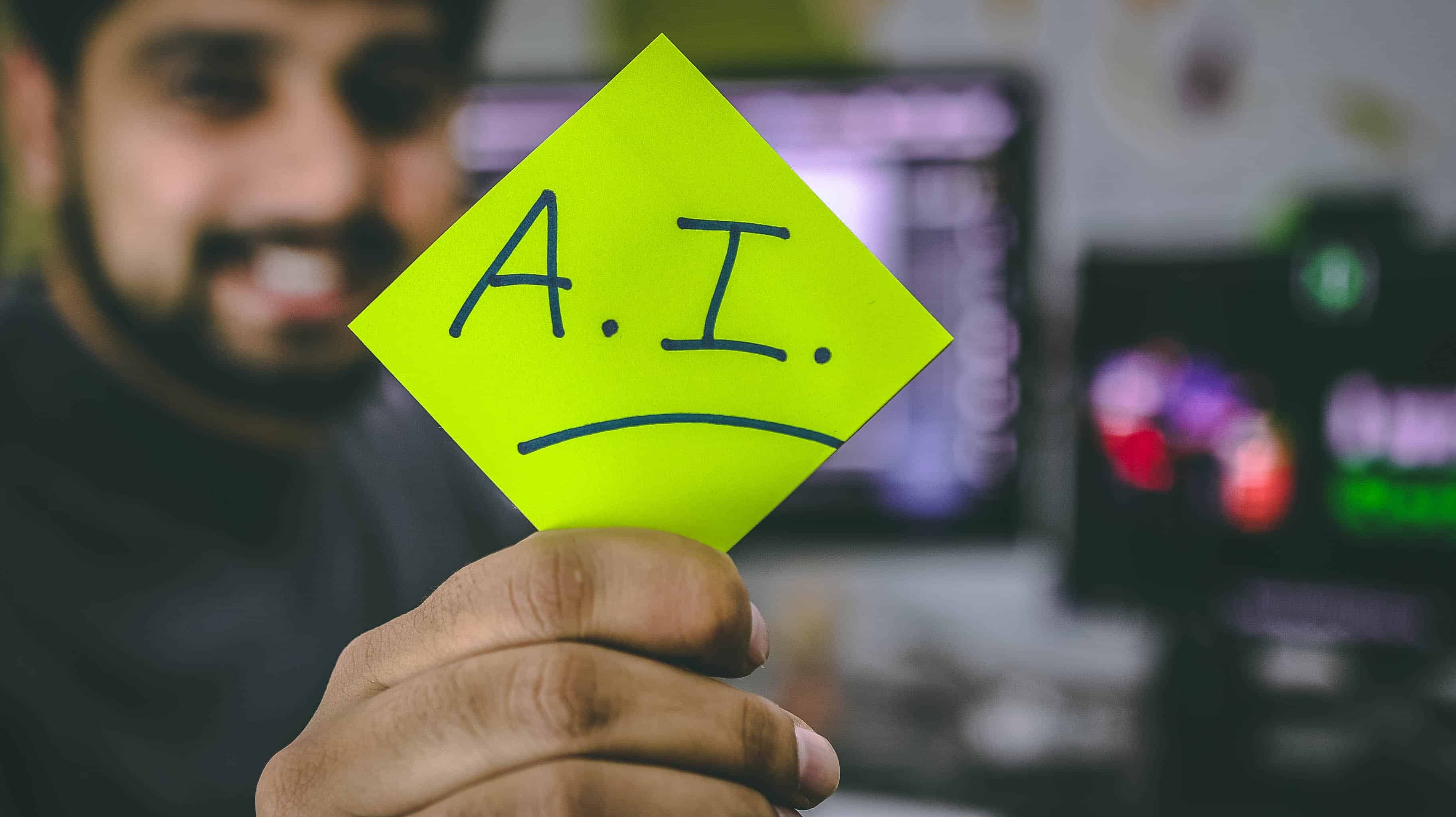
Development of new artificial intelligence happens so fast that it is impossible for most people to keep up with it. That’s according to a report ‘Artificial Intelligence: Trends to watch 2020‘ published last week by the American market research agency CBInsights. Within a year or even sooner, AI-controlled robots and computers will share our personal thoughts on what new products can provide improved medical analysis. But this development could also cause serious problems if AI is used to commit theft or manipulate facts.
Marilyn Monroe comes back to life
In the first place, developments initiated in 2019 in the field of AI will progress. Plus the ensuing products will continue to multiply at breakneck speed. Take the deep fake phenomenon. The technology whereby computer code for depicting e.g. one face is swapped for code that depicts a different face. CBInsights expects that the use of this will skyrocket. The good news is that this technology can revive movie stars of yesteryear. Marilyn Monroe and James Dean could be easily deep-faked. So that a new film could be released featuring them which they’ve never actually acted in.
The downside is that deep fake technology is getting better and better. What’s more, it’s accessible to anyone on the internet who has a little skill. Which means more scams can be expected. The market researchers cite ‘voice spoofing’ as an example. This is when a voice is deep-faked to sound like someone you know. They could, for instance, direct an employee to transfer money out of a company.
Another cause for concern is malware that spreads false data. As a consequence, AI could end up being trained in the wrong way. Of course, AI will be invented that detects and blocks this type of malware. At the same time, AI will also be made available which is able to bypass these blockades.
Ever-improving medical analysis
A positive development that CBInsights describes seems to be a trend within the machine learning field is called ‘federated learning.‘ This entails a network of computer-controlled peripheral equipment which exchanges compiled information. This enables shared AI to learn faster and make increasingly better analyses.
Take, for example, a hospital that collaborates with a cancer research laboratory as well as a university medical faculty that researches cancer. Suppose they share all their photographic material of detected cancers and relate it to the associated anonymized patient data. Then let their AI analyze that. Subsequently, the AI at the hospital where cancer patients are being treated becomes better and better at recognizing the disease and predicting its progression.
Another method that is being developed and that can be used for medical purposes is ‘natural language processing’, according to CBInsights. This is a system whereby AI is trained to recognize the use of certain words. The more words the system recognizes after using words that were previously typed in, the faster it knows what a consumer is going to type when they write a Whatsapp message.
Automated search for missing cells
The same way the AI works when it comes to predictive text, can also be applied to a system for medical applications that trains AI to recognize certain cells. This way, the AI can detect which cell is missing in a system or will be added to it. Doctors are then able to find this out without the need for detailed examinations. If that system turns out to work, it will save on lab costs.
You might think that this will be at the expense of the number of lab technicians working there. But the question is whether this would apply in all cases. Not all research you would like to do as a doctor can be done. Either because it is too expensive or because it takes up so much time to complete that it makes no sense. In that case, the AI provides greater knowledge, which offers hope for improved medical care.
The explosive development of AI in various fields is generating a lot of work for AI engineers. However, the problem is that this is so much that they are unable to cope with the demand, CBInsights states. There is also a solution to this problem, the market researchers write.
Neural networks for do-it-yourselfers due to shortage
This is due to the fact that AI is being developed that enables companies to put together their own neural network of a variety of computer systems. According to the report’s authors, this kind of artificial intelligence can be compared to a ready-made pizza base that you can fill with various toppings. These toppings are the other information systems you intend to use, so to speak.
One problem that the report does not discuss at all is the lack of standards that future AI in the US ought to meet. This is a serious problem for the US, wrote Eric Schmidt on the opinion page of the New York Times last month. He’s the former CEO of Google and is currently chair of the National Security Commission on Artificial Intelligence. In that respect, the EU is doing way better. Last month Danish European Commissioner Margrethe Vestager presented her first proposal for an AI law that will be discussed in the near future and is set to become the standard for European AI.







